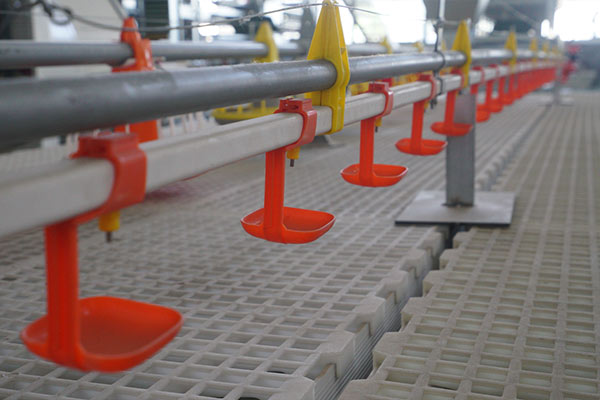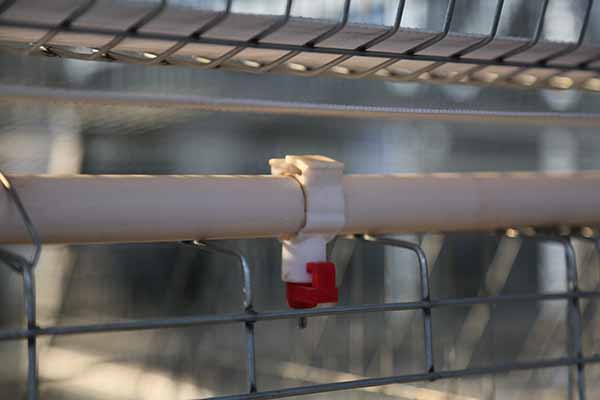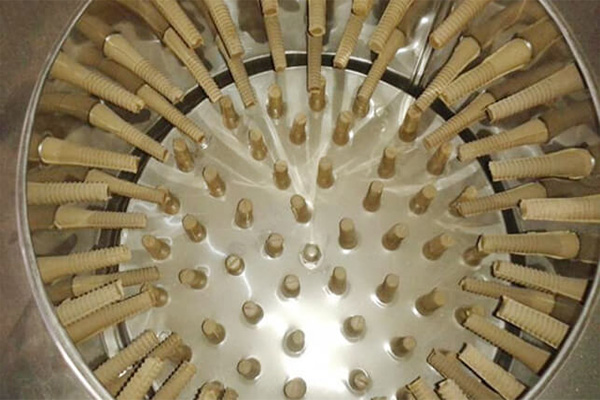
In the realm of commercial egg production, space utilization is a crucial factor for medium - and large - scale farms. H - type layer cages have emerged as a revolutionary solution. Unlike traditional flat cages, H - type cages can reduce ground occupation by over 30%. This significant reduction is mainly due to their unique vertical stacking design. By stacking multiple layers vertically, the cages make full use of the three - dimensional space in the farm, allowing more hens to be raised in the same floor area.

The structural stability of H - type layer cages is one of their key advantages. The H - shaped structure provides excellent load - bearing capacity, ensuring that the cages can withstand the weight of multiple layers of hens and equipment. This stability is essential for medium - and large - scale farms, where the cages need to be reliable over long - term use. Additionally, the modular design of H - type cages allows for easy expansion and customization. Farmers can add or remove modules according to their actual needs, adapting to the changing scale of the farm. For example, if a farm plans to increase its hen population, it can simply add more cage modules without major structural modifications.
The automatic systems in H - type layer cages are a game - changer for farm operations. The automatic feeding system can accurately deliver the right amount of feed to each hen at the right time, ensuring uniform nutrition intake. This not only improves the health of the hens but also reduces feed waste. The automatic manure cleaning system can remove manure in a timely manner, keeping the cages clean and reducing the risk of disease. The automatic egg collection system can gently collect eggs, minimizing damage. These systems significantly reduce the labor intensity of farm workers. In fact, farms using H - type cages with automatic systems can reduce labor costs by up to 40% compared to traditional farms.

Animal welfare is an important aspect of modern poultry farming. In H - type layer cages, the design ensures uniform lighting and good air circulation. According to avian ethology research, hens are more likely to lay eggs in an environment with proper lighting and fresh air.
Studies have shown that when hens are exposed to uniform lighting and well - ventilated conditions, their stress levels are reduced, and their egg - laying performance can be improved by up to 15%.The uniform lighting in H - type cages mimics natural sunlight, which is beneficial for the hens' biological rhythms. Good air circulation helps to remove harmful gases and maintain a comfortable temperature and humidity in the cages.
Let's take a real - world example. A medium - sized farm in [Location] used traditional flat cages before. After switching to H - type layer cages, the farm reduced its ground occupation by 35%. The labor cost was cut by 45% due to the automatic systems. Moreover, the egg - laying rate increased from 80% to 92%. These data clearly demonstrate the superiority of H - type layer cages in improving farm efficiency and profitability.

In conclusion, H - type layer cages offer a comprehensive solution for medium - and large - scale farms, enhancing space utilization, improving operational efficiency, and promoting the health and productivity of hens. They have become the preferred choice for modern large - scale chicken farms. If you are a farm owner looking to upgrade your facilities and build a more efficient and sustainable chicken farm, don't miss out on the opportunity to transform your farm with H - type layer cages. Click here to learn more about how H - type layer cages can revolutionize your poultry farming!

